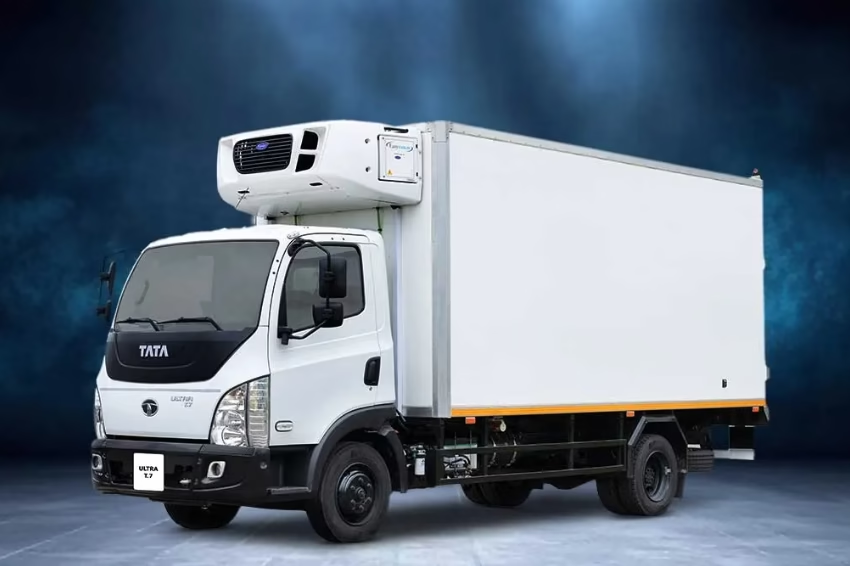The Shell Eco-Marathon is one of the world’s most influential competitions in support of energy-efficient innovation.
Students from around the globe, who excel in STEM-based fields, are challenged to build the best eco-friendly concept vehicle. Once their designs are complete, they head to the road.
High school and college-level competitors combine their acumen for scientific problem solving and their eye for ideation. Their goal is to create the most impressive, but practical, energy-efficient vehicle.
How Do They Compete?
Every year, thousands of students test their skills in two different global competitions.
Mileage Challenge
For the mileage challenge, students are joined into teams to test their vehicles. Each team is in charge of a subject that meets the criteria for one of two classes: Prototype and UrbanConcept.
The contestants compete to see which vehicle completes the route while using the least amount of energy. This is a test of endurance, rather than speed.
Driver’s World Championship
Once the most energy-efficient UrbanConcept vehicles are selected, their abilities are put to the test on the racetrack.
Prior to the race, each vehicle is given a set amount of energy to use. In order to qualify, they must complete the track without running out of fuel. The winner is the first car to make it across the finish line.
Only UrbanConcept vehicles move on to this step of the competition.
What Are the Parameters?
Students can choose from three different fuel types to build their vehicles: Internal Combustion Engine, Battery-Electric, or Hydrogen Fuel Cell.
They are also able to choose to create either a Prototype car, or an UltraConcept vehicle.
Prototype submissions include extremely lightweight vehicles that typically run on three wheels. UltraConcept cars are more similar to standard, on-market vehicles. These vehicles always include four wheels, and they typically have common commercial features.
How Do the Contestants Qualify?
Each vehicle needs to meet a specific set of technical requirements, which are approved or denied during an official inspection.
Prior to the inspection phase, contestants complete a series of design phases. These benchmarks are rigorous, taking place over the course of the entire year before the competition. Succeeding in these fields is crucial to making sure that the vehicles are eligible to compete.
Some students participate in the competition for school credit. In these cases, the outcome of their technical inspection could determine whether or not they pass or fail their courses.
The Program Fosters Collaboration and Progress
Although the stakes are high and the competition is stiff, contestants are still required to work together if they want their teams to succeed.
Whether they are participating for course credit or simply the opportunity to make a name for themselves in the industry, they put their heart and soul into their creations.
In order to make it past the stringent requirements and arduous development phases, students must be motivated and focused to succeed.
Innovators Could Pave the Way for the Planet’s Future
The engineers, mathematicians, and technicians that run in this race could lead the global fight for climate stabilization.
Students are effectively working towards developing eco-friendly designs that could assist commercial producers and distributors. Their work and research could improve the state of energy-efficient vehicles for mainstream consumption.
Energy efficiency is a critical movement for the protection of our global ecosystem. The Shell Eco-Marathon is a progress-driven event that is helping us work towards a cleaner and more sustainable future.






